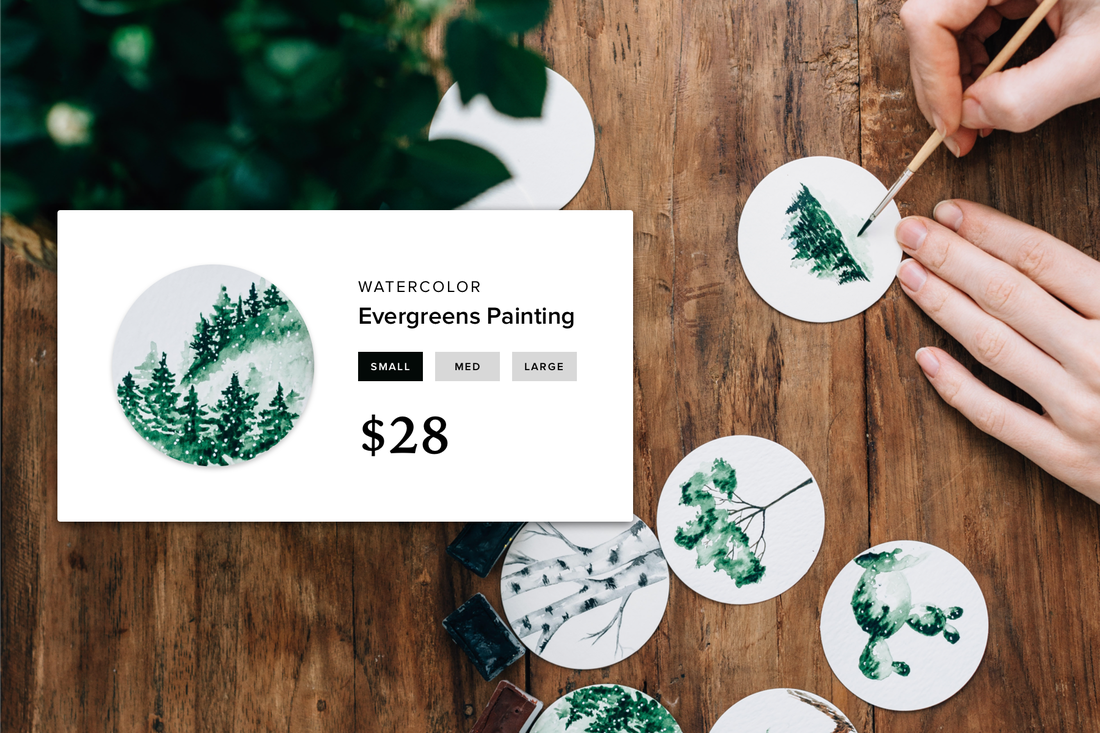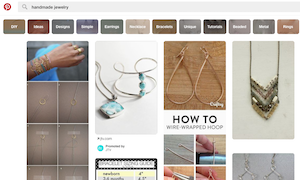When it comes to generating traffic for your blog, not even search matches the power of social media.
Surprised? You shouldn't be. According to Parse.ly, which provides analytics for some of the web's biggest publishers, social media sites supply 46 percent of all referral traffic. Search engines drive 40 percent of traffic with the remainder coming from aggregators (2 percent), RSS feeds (1 percent) and other sources (11 percent).
Facebook is a particularly potent force, driving 41.4 percent of all traffic to news sites. Twitter was in the single digits on the same basis but still trails only Google and Yahoo as a referral source. Figuring out an optimal strategy for posting to social media can be crucial for driving readership.
But what is the right mix, and how often should you post? We asked Gina Schreck, founder of social media marketing firm SocialKNX, to weigh in. Her advice might surprise you.
While every social network has its virtues and limits, there's no point to mastering any of them if you don't first develop a clear plan to maximize your inventory of content.
When you're blogging, a lot of times you're scrambling for the next post. You forget how much good stuff you've already published. Creating a content inventory helps you remember all that great work so that you can leverage it over -- and over, and over -- again," Schreck says.
Facebook is a particularly potent force, driving 41.4 percent of all traffic to news sites. Twitter was in the single digits on the same basis but still trails only Google and Yahoo as a referral source. Figuring out an optimal strategy for posting to social media can be crucial for driving readership.
But what is the right mix, and how often should you post? We asked Gina Schreck, founder of social media marketing firm SocialKNX, to weigh in. Her advice might surprise you.
- Make a content playlist. A lot of bloggers choose to stop promoting their work after they publish it. Schreck says that's a mistake. Instead, document every piece of content you've written for your blog in a spreadsheet or some other document. Then write a social media post for every blog entry or article, including a catchy headline, an interesting graphic, a link and a clever description of what readers will learn if they click. This "content inventory" will form the basis of your social media strategy, Schreck says.
- Decide on a call to action before you post. "Social stands alone a lot of the times. All we're hoping for is more followers or more likes. What we should really be thinking about is how do we get from a social like to a sales lead," Schreck says. The way to do that is to include a call to action at the end of every blog post -- whether it's to download a whitepaper, take a free trial to a new product or subscribe to a newsletter.
- Automate everything except conversations. After you've developed a content inventory, you'll want to employ one or more tools for scheduling posts. Schreck says she prefers a site called Tweet Jukebox. Think of it like iTunes Music for social media. "You upload [all of your prebuilt posts], and it creates a playlist," Schreck says. "Even when it repeats, it's at a different time or a different day of the week. You're hitting different audiences." The time in between when those posts go live is when you get on your networks and engage in live conversations. "I never use auto-replies, " Schreck says. "That, to me, is your spontaneous content. What's automated is the content that you have already planned."
- Learn to love images. Pinterest can be a huge traffic driver if your content appeals to women. Instagram is crucial for reaching the under-35 audience. And while both are image-based networks, Schreck says that it's important to have images when posting to any network. In most cases, you'll want your main blog post to have a signature image and at least one more. That way, you can promote the same post twice without duplicating images. You can also use tools such as Canva or Buffer's Pablo to create unique images on the fly, which, depending on which networks you use most often, could be a regular need.
- Post on Pinterest as often as you can. No two sources agree on the ideal posting frequency for every network. But they do agree that Pinterest and Twitter are the most receptive to high-volume accounts while Instagram and LinkedIn require a slower cadence. "As long as you have great images, you can post 40, 50, or 60 times a day [on Pinterest]," Schreck says. "Where you run into a problem is if it's the same picture going out all the time." But if you can mix it up, and again, if your content appeals to Pinterest's female-skewed demographics, there's a lot of money to be made posting to the network. In one case, Schreck says Pinterest has brought one celebrity client 8 times as much traffic as Facebook and 40 times as much traffic as Twitter. Pinterest is also a go-to for shoppers. "If you're blogging about products ... Pinterest can be a really great driver of [eCommerce] traffic," Schreck says.
- Use Facebook Live to reach a big audience fast. Tens of millions have tried livestreaming since Meerkat and Periscope went online last year. Facebook Live offers similar functionality for users of the world's largest social network. Schreck says bloggers should at least try it. "The reach for Facebook Live right now is bigger than anything else. It's a really good way to promote a blog topic." Why? Because as soon as you "go live" from a page or personal profile, Facebook will promote the broadcast to everyone you're connected with. You can also embed and re-share finished broadcasts in the same way that you're sharing and re-sharing original posts in your "content inventory."
While every social network has its virtues and limits, there's no point to mastering any of them if you don't first develop a clear plan to maximize your inventory of content.
When you're blogging, a lot of times you're scrambling for the next post. You forget how much good stuff you've already published. Creating a content inventory helps you remember all that great work so that you can leverage it over -- and over, and over -- again," Schreck says.
 Tim Beyers Tim is a freelance business writer. He writes about the business of innovation, comics and genre entertainment on The Full Bleed.
Tim Beyers Tim is a freelance business writer. He writes about the business of innovation, comics and genre entertainment on The Full Bleed.





